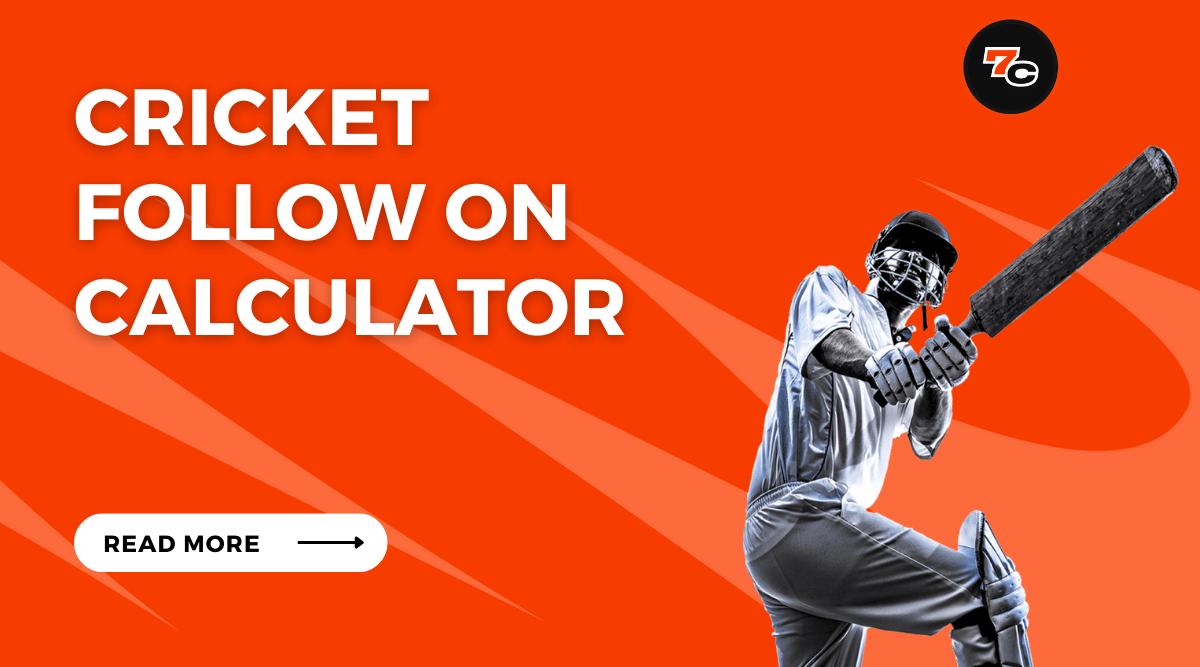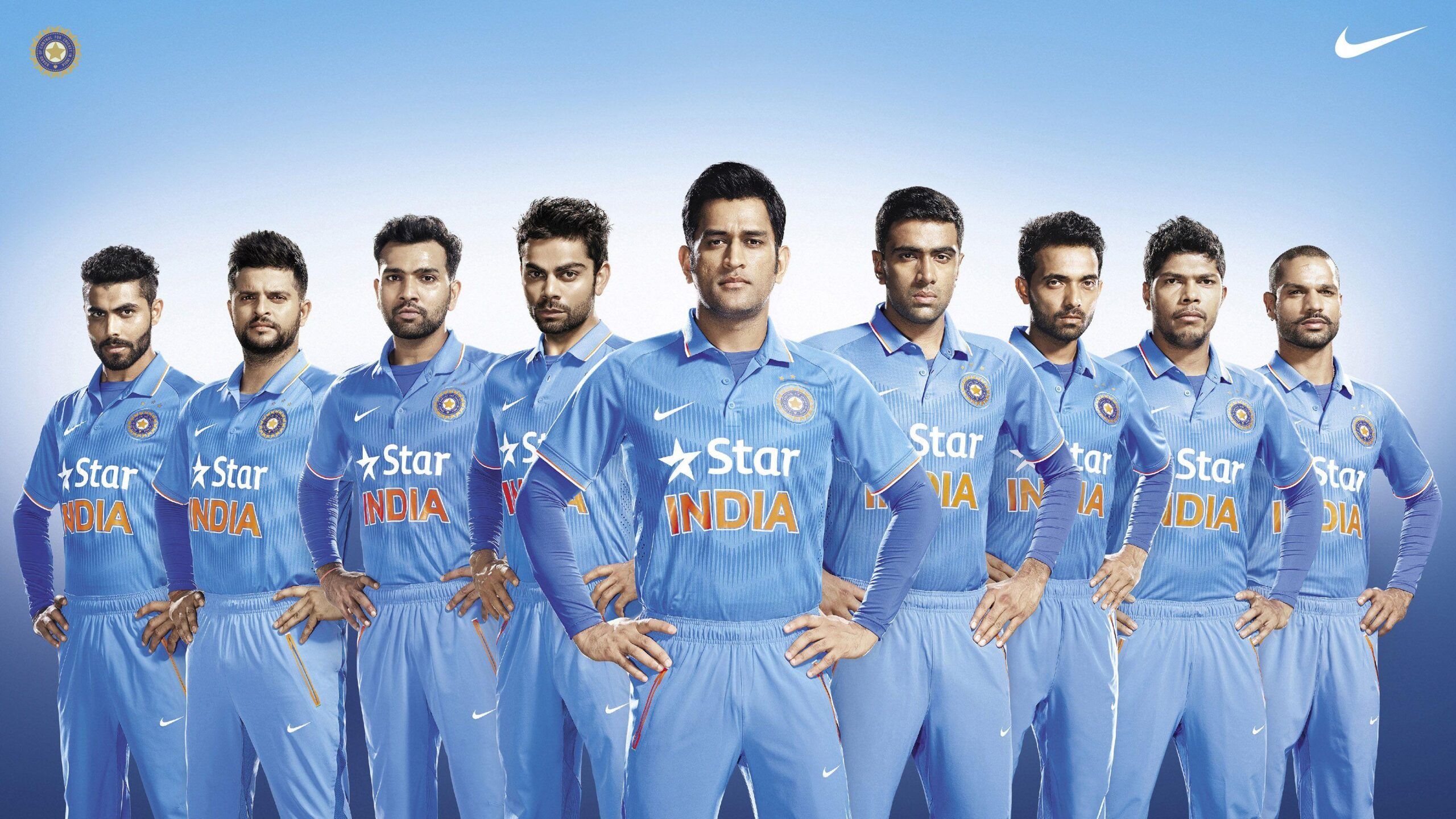Top Edge – In the realm of cricket, one phenomenon that has garnered attention is the concept of the ‘top edge.’ This term refers to a specific occurrence in which a batsman unintentionally hits the ball with the upper portion of their bat, resulting in an unpredictable trajectory.
The top edge holds significance within the game as it can greatly influence match outcomes. Understanding its importance requires an analytical approach, delving into the mechanics and implications of this phenomenon.
To unravel this subject further, we will explore its definition, significance, and impact on cricket matches.
Key Takeaways
- Top edge in cricket refers to the contact between the bat and ball resulting in the upper portion of the bat being hit.
- Factors such as mistiming shots and improper technique increase the chances of top edges occurring.
- Strategies to avoid top edges include maintaining proper technique, selecting shots based on pitch conditions and the bowler's delivery, and opting for safer ground strokes instead of high-risk aerial shots.
- Top edges have unpredictable trajectories, making it difficult for fielders to anticipate and position themselves. Fielders need to be agile and adjust their positioning based on the expected landing spot of the top edge.
Definition of Top Edge in Cricket
The term ‘top edge’ in cricket refers to the contact between the bat and the ball that results in the ball being hit off the upper portion of the bat. This type of shot can occur with various cricket strokes, such as cuts, hooks, pulls, or lofted shots. When a batsman aims to execute these shots and mistimes it slightly, there is a higher chance of getting a top edge.
There are several strategies that batsmen employ to avoid getting a top edge in cricket. One approach is to focus on maintaining proper technique and timing while playing shots. By ensuring that the bat meets the ball at its sweet spot, which is closer to its middle region, players can reduce the chances of hitting a top edge.
Another strategy is to carefully select which shots to play depending on factors like pitch conditions and bowler’s delivery. Batsmen may opt for safer shots or ground strokes instead of attempting high-risk aerial shots that have a greater probability of resulting in a top edge.
By employing these strategies effectively, batsmen can minimize their chances of hitting top edges and increase their likelihood of achieving successful strokes in cricket.
Moving forward from understanding what constitutes a top edge in cricket and exploring strategies to avoid it, we will now delve into discussing the significance this aspect holds within the game.
Significance of Top Edge in the Game
A significant aspect in the game of cricket is when the ball makes contact with the uppermost part of the bat. This occurrence, known as a top edge, can have various outcomes depending on factors such as timing, angle, and force. The role of luck plays a significant part in determining these outcomes.
To better understand the significance of top edges in cricket, let us consider a table that showcases different scenarios and their potential results:
| Scenario | Result |
|——————————-|————————————————-|
| Top edge over fielders’ heads | Luck may result in boundary or caught by fielder |
| Top edge straight up | Fielder can attempt to catch or miss |
| Top edge into wicket | Batsman may be dismissed or survive |
| Top edge towards gaps | Runs may be scored if fielders fail to reach |
| Top edge towards short leg | Fielder positioned for catching opportunity |
As seen from this table, luck plays a crucial role in determining the outcome of top edges. However, strategies can be employed to minimize top edge risks. Batsmen can focus on improving their shot selection and technique to reduce the chances of making contact with the uppermost part of the bat. Similarly, fielding teams can strategically position their players based on player tendencies and pitch conditions to increase their chances of capitalizing on top edges.
Understanding both the role of luck and strategies to minimize risks associated with top edges is vital in comprehending its impact on match outcomes.
Transition: With an understanding of how top edges occur and their potential consequences, it is important now to explore how these outcomes influence the overall outcome of a cricket match.
Impact of Top Edge on the Outcome of a Match
Luck plays a significant role in determining the outcome of a match when the ball makes contact with the uppermost part of the bat. This is often referred to as the top edge in cricket, and it can have a profound impact on both batting strategy and the role of fielders. Here are five key points to understand about this aspect of the game:
- Unpredictable trajectory: When a batsman gets a top edge, the ball can take an unpredictable path due to its glancing contact with the bat. This makes it difficult for fielders to anticipate and position themselves accordingly.
- Fielder positioning: Fielders need to be alert and agile when dealing with top edges. They must quickly react to change their fielding positions based on where they think the ball will land after hitting off the bat’s uppermost part.
- Batting strategy adjustment: Batsmen may need to adjust their batting strategy if they consistently get top edges. They might consider playing more controlled shots or attempting different stroke techniques to minimize this occurrence.
- Run-scoring opportunities: A well-timed top edge can sometimes result in runs as it can catch fielders off guard or fall in empty spaces between them. Batsmen may exploit these opportunities by taking quick singles or even turning them into boundaries.
- Dismissal potential: The unpredictability of top edges means that they can lead to dismissals for both batsmen and wicketkeepers alike, providing catching opportunities for fielders.
Understanding these factors helps players strategize better while considering how luck comes into play during matches when dealing with top edges in cricket.
[Transition sentence]: Having explored how top edges impact various aspects of cricket, we now move on to understanding why recognizing and capitalizing on their importance is crucial in this sport.
Understanding the Importance of Top Edge in Cricket
Recognizing and capitalizing on the impact of uppermost bat contact in the game of cricket is crucial for players to strategize effectively.
Batting technique plays a pivotal role in achieving this objective. The way a batsman holds and swings the bat determines the quality and direction of their shots, including the possibility of generating top edges.
A top edge occurs when the ball hits the upper part of the bat, leading to an unpredictable trajectory that can pose challenges for fielders.
Understanding how to utilize top edges as a batting strategy requires skill and precision. Skilled batsmen may intentionally aim for top edges during certain situations, such as when attempting to clear boundary ropes or evade close-in fielders.
By employing proper technique, they can manipulate the angle at which they make contact with the ball, increasing their chances of producing favorable outcomes.
Meanwhile, fielding teams must also account for potential top edges when devising their strategy. Fielders need to position themselves strategically based on factors like pitch conditions, bowler tendencies, and specific batsmen’s preferences.
They may adjust their positions closer to areas where top-edges are more likely to occur or deploy specialized catchers who excel at taking such opportunities.
Conclusion
The top edge in cricket refers to when the ball hits the upper part of the bat, usually resulting in a high lofted shot.
This can be both advantageous and disadvantageous for batsmen, depending on factors such as field placement and pitch conditions.
The significance of the top edge lies in its ability to change the dynamics of a game, often leading to catches, boundaries, or even wickets.
Understanding this aspect of cricket is crucial for players and fans alike to comprehend the intricacies of the sport.
In conclusion, the top edge plays a vital role in cricket as it can greatly impact the outcome of a match. One interesting statistic is that according to data from recent matches, approximately 20% of catches taken by fielders are due to shots resulting from a top edge.
This statistic highlights just how influential this aspect of batting can be and emphasizes why it is important for players to master their technique and adapt accordingly during gameplay.











